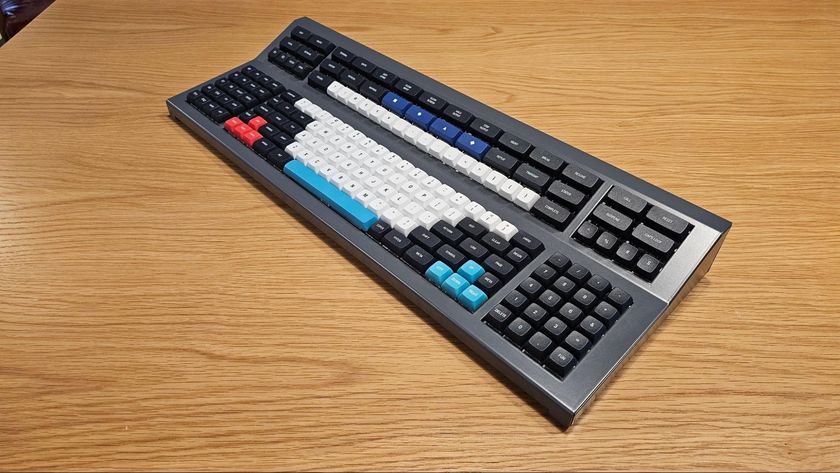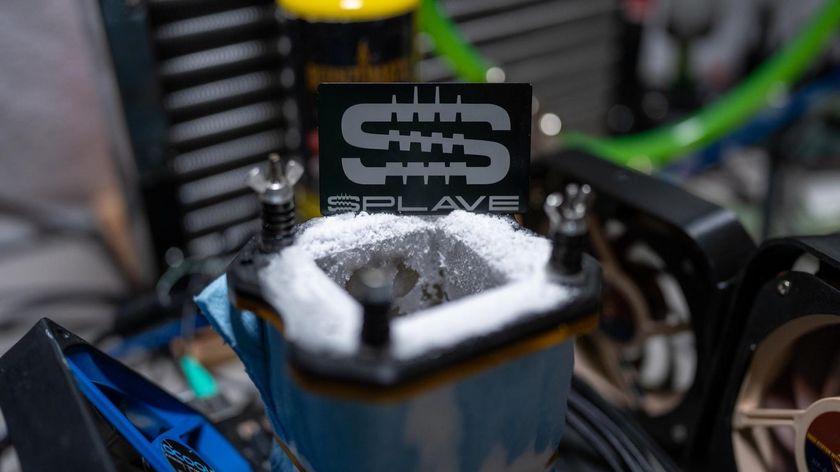Making Videos on the Fly With Sticky Pod Camera Mount
High-Speed Test

To test the high-speed sticking ability of the Sticky Pods, we again used the drivers at Element 6 Designs. They drove the freeways of Orange County and reached speeds exceeding 135 MPH. The Sticky Pods were attached in the same manner as the G-Load test. The test lasted approximately 25 minutes with one repush of the suction cups halfway through. This was not done because the cups were coming off, but as a safety precaution.
The Sticky Pods easily passed the High-Speed test by exceeding the 110 MPH claims on the website. You can download the video of the test at the end of this article.
Airplane Testing

The ultimate test of the Sticky Pod's stickiness came when we flew a Cessna 152 with the Sticky Pod attached to the right-side window. It should be noted that Mr. Heibel did NOT endorse this test, but we did it anyway.
On a 95 degree Fahrenheit day, we went to Redlands Airport in Southern California. We attached the Sticky Pod externally to the right window facing forwards. Right after takeoff, the camcorder twisted backwards to face the bottom of the wing. As the flight progressed, it continued twisting until it faced directly back. You can watch the video yourself at the end of the article.
At no point were we in danger of losing the camcorder, as it was tethered to the base. The suction cups were absolutely secure to the window. We believe that the camcorder came loose for two reasons. The first is that we didn't tighten the knuckle to the extension. The second is that since we put the Sticky Pod on the right side, where the knuckle loosens in the direction of the air resistance. If we had placed the Pod on the left side then the wind would have served to tighten the extension.
We could not conduct another test because the airplane had to be taken in for its mandated 250-hour maintenance.
Stay On the Cutting Edge: Get the Tom's Hardware Newsletter
Get Tom's Hardware's best news and in-depth reviews, straight to your inbox.












